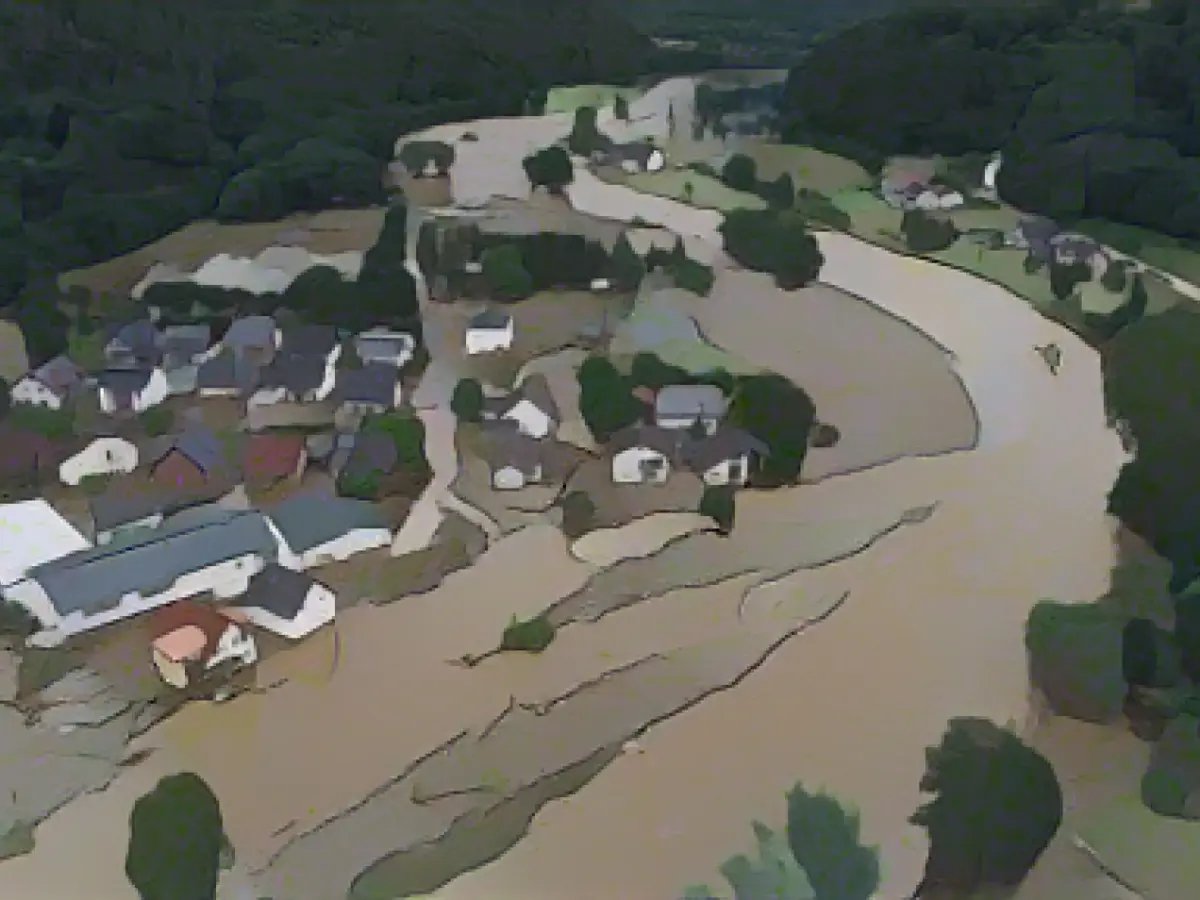Storm-Battered Saxon Switzerland Tops Damage Tally
Over the past two decades, Germany's Saxon Switzerland-Eastern Ore Mountains district has weathered the brunt of the country's weather-related woes. Severe storms, hail, and flooding have left an average bill of 11,400 euros per property, according to the German Insurance Association (GDV). Dresden and Meißen followed in second and third place respectively, with average damages of 8,700 and 7,400 euros per property.
Vogtland, another Saxony district, emerged relatively unscathed, averaging around 1,700 euros of damage per property between 2002 and 2021. This figure fell short of the national average of 2,900 euros. Leipzig and the districts of Bautzen and Erzgebirge also showed below-average damage, while Zwickau matched the average damage figure.
Half of Saxony's buildings are insured against natural hazards, according to GDV, leaving the rest vulnerable to extreme weather's costs. The association urged policy action, warning that inadequate protection would drive up insurance premiums, leaving many homeowners and renters financially burdened. Without preventive measures, meeting the insurance gap for natural hazards would remain elusive.
In the aftermath of the latest storms that ravaged Saxon Switzerland-Eastern Ore Mountains – the area most affected by natural disasters in Germany over the past two decades – claims for property damage are expected to flood in. Yet, only half of Saxony's properties have insurance coverage for natural hazards, as per GDV.
Source:
Enrichment Insights:
The mountainous terrain of Saxon Switzerland-Eastern Ore Mountains renders it particularly prone to landslides and floods, exacerbating the region's vulnerability to natural hazards. While specific storms causing significant damage in this region aren't detailed, initiatives to tackle the issue involve ingenious measures, like improving insurance coverage, risk assessment, public-private collabs, and robust regulations.
- Better property insurance coverage for natural hazards
- Detailed risk assessments and mitigation strategies (including weather monitoring, early warning systems, and land use planning)
- Collaboration between public and private sectors (for instance, public healthcare & private insurance in Germany)
- Stronger regulatory frameworks (like Germany’s Federal Financial Supervisory Authority)
Although specific storms aren't mentioned, addressing natural hazards calls for a confluence of improved insurance coverage, risk assessment, public-private cooperation, and efficient regulatory management.








